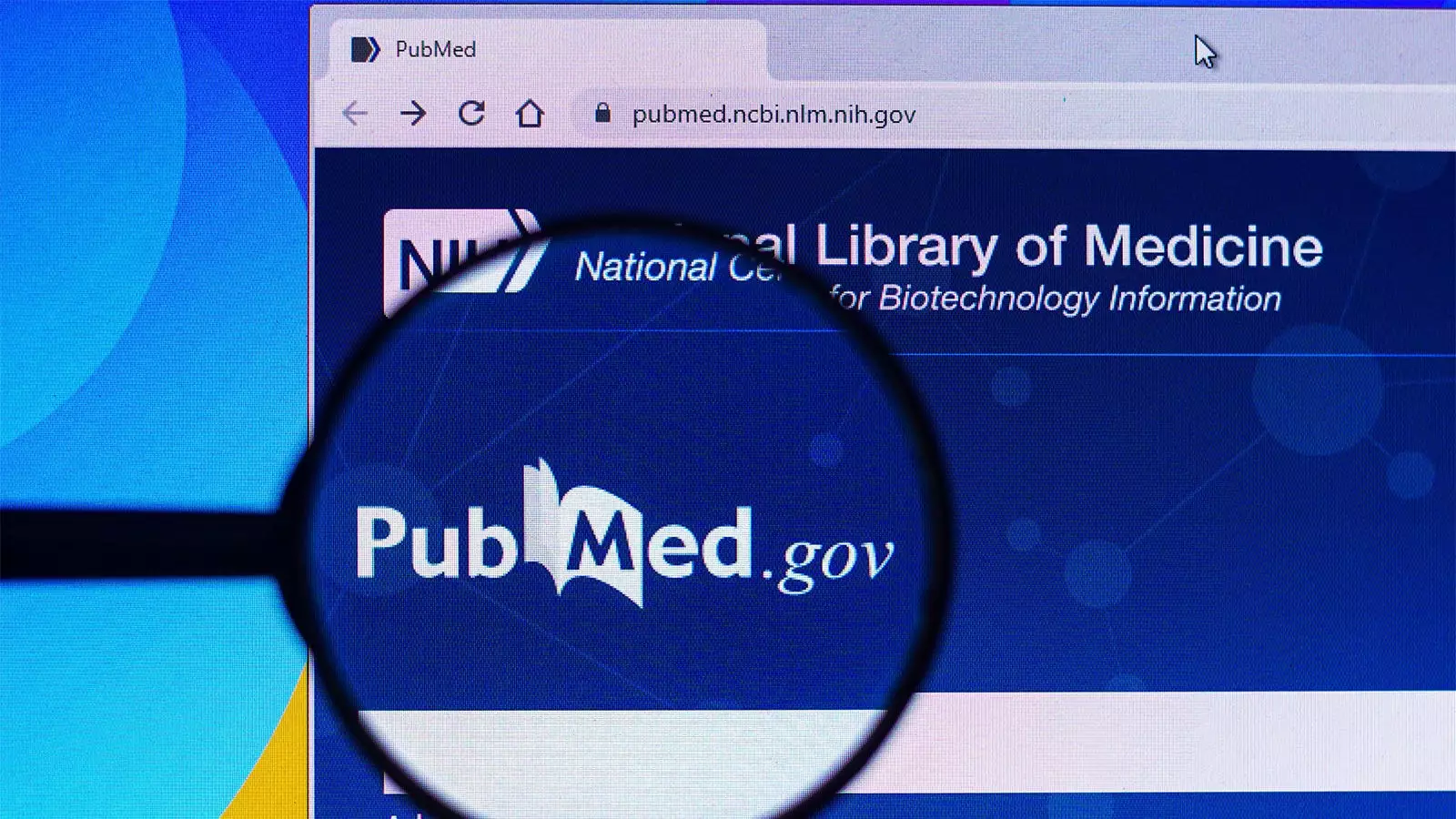Conflict of interest (COI) statements are vital in scientific research, ensuring transparency and integrity in published works. In recent years, the National Library of Medicine (NLM) has provided a voluntary field for journals to include COI statements directly in PubMed abstracts. Despite this initiative launched in 2017, the uptake of this feature among scientific journals has been disappointingly slow. A recent study, spanning from 2016 to 2021, provides illuminating insights into the gradual acceptance of this practice but also highlights the substantial gaps that still exist.
The findings from Peter Lurie, MD, MPH, and his colleagues at the Center for Science in the Public Interest reveal a mix of progress and stagnation. The proportion of journals including at least one COI statement rose from 25.9% in 2016 to 33.2% in 2021, indicating a positive trend. However, when dissecting the data further, a more nuanced picture emerges. Although the percentage of articles with COI statements surged from 9% to 43% during the same period, this still represents a significant number of articles published annually—in this case, around 400,000—that do not fully disclose potential conflicts.
This disparity is particularly pronounced in high-impact journals, which are traditionally viewed as leaders in upholding research standards. A separate analysis of the top 40 journals showed that only 30.2% of articles published during 2021-2022 included published COI statements, with 63.3% of those utilizing the new PubMed field. These numbers point to the ongoing reluctance among journals, particularly those with considerable influence, to fully embrace transparency through standardized COI reporting.
Understanding why many journals fail to utilize the COI field involves examining various potential barriers. Lurie identifies multiple explanations, including a lack of awareness, inconsistent data transfer processes, and potential mismatches between published articles and their corresponding PubMed entries. Many journals may have sections where conflicts are discussed, but without a formal COI statement, these disclosures may not translate into the PubMed field.
The observed inconsistency in how journals collect and report COI information further complicates matters. Some journals have adopted standardized reporting procedures, while others seem to rely on arbitrary methods that might not capture all relevant disclosures. This lack of uniformity not only hampers transparency but can also mislead readers regarding potential biases in research findings.
Addressing these issues is essential for fostering trust in published research. Lurie suggests that the NLM should take proactive steps to encourage journals to use the COI statement field. This could include outreach efforts, resources, or training on best practices for COI reporting. Moreover, it is crucial for journals to implement consistent procedures for the collection and submission of COIs, ensuring that these critical disclosures are adequately represented in PubMed.
Existing code is available to facilitate this reporting process, yet many journals have yet to leverage these resources effectively. The onus lies with both the journals and the NLM to improve adherence to COI disclosures. Establishing universal standards for reporting could yield significant benefits, promoting greater transparency and accountability within the academic publishing landscape.
Failing to report COIs can have far-reaching consequences, undermining the credibility of scientific literature and jeopardizing public trust in research findings. In a time where misinformation can easily spread, ensuring that potential biases are disclosed thus plays a pivotal role in the scientific dialogue. This underutilization of the COI statement field, as highlighted by the study, illustrates a critical area needing improvement for the scientific community.
As we move forward, it is imperative for stakeholders, including researchers, journals, and institutions, to prioritize transparency in their practices. The gradual increase in the reporting of COIs is encouraging, but a concerted effort is necessary to close the existing gaps and establish a culture of integrity and honesty in scientific research. Promoting uniformity across journals and enhancing outreach from organizations like the NLM could significantly foster an environment where COIs are consistently disclosed, ultimately enriching the pursuit of knowledge.
In a landscape where transparency and trust are paramount, the underutilization of the COI statement field in PubMed can no longer be overlooked. As the data suggests, progress is being made, but there is still significant room for improvement. It is a collective responsibility to ensure that the scientific community adheres to the highest standards of disclosure, reinforcing the integrity of research and the public’s faith in scientific findings. The time for action is now.

